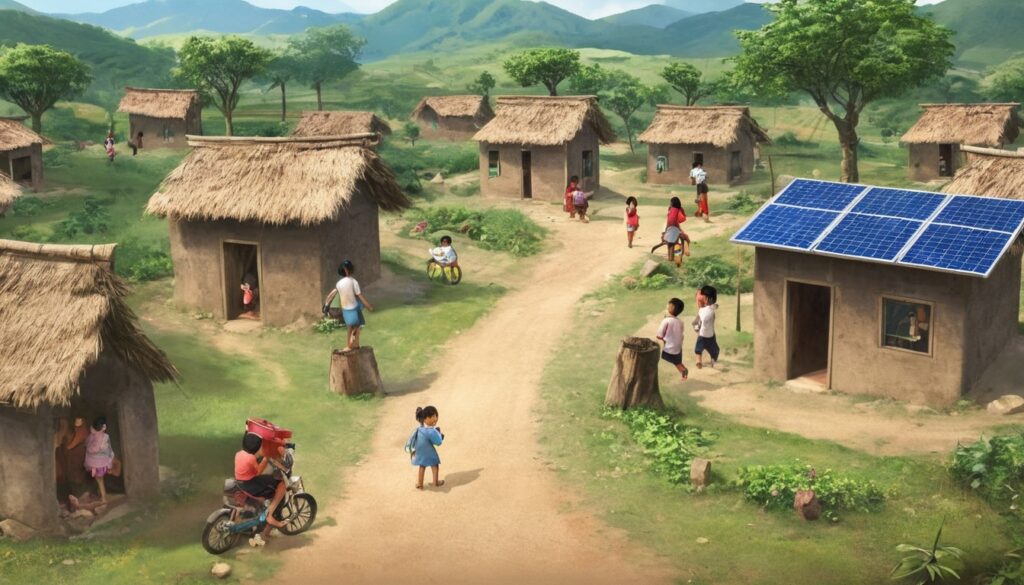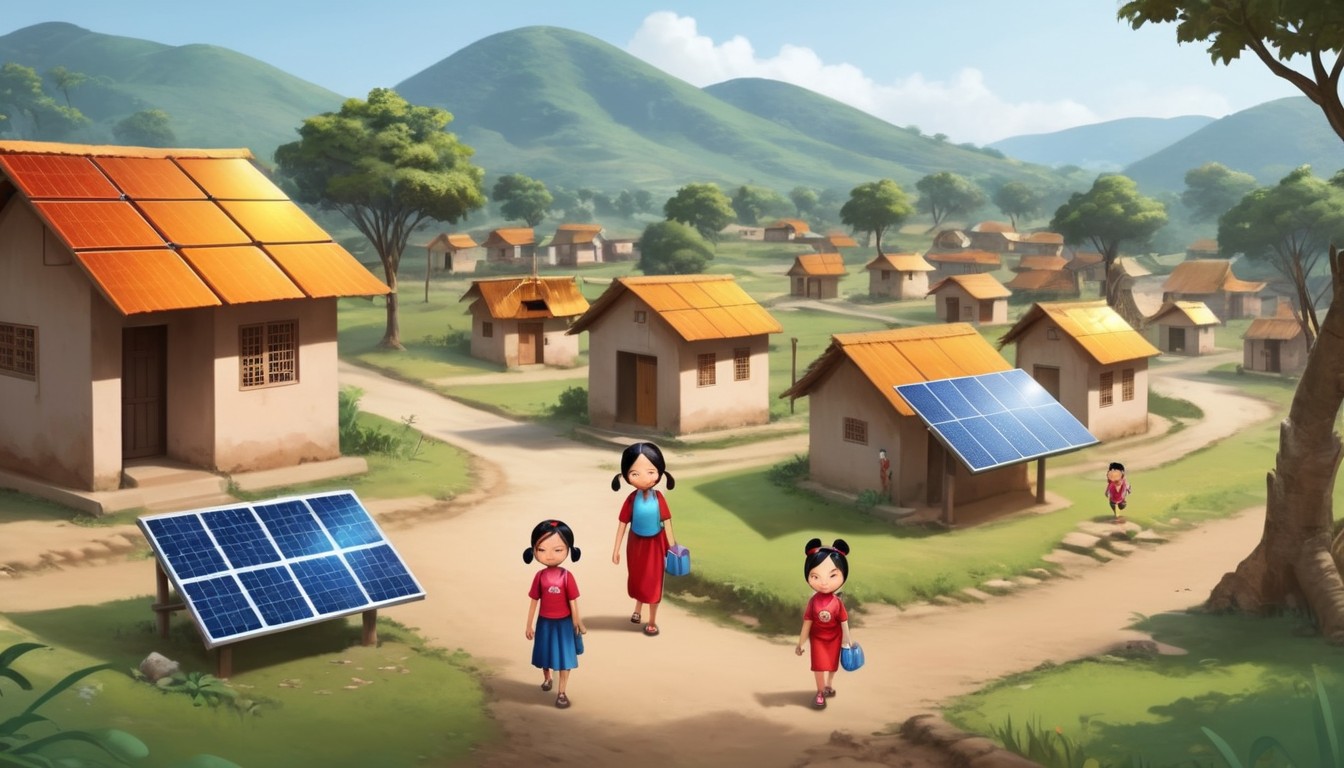
The goal of the 2010-launched Pradhan Mantri Adarsh Gram Yojana (PMAGY) is to develop Indian communities holistically.
Pradhan Mantri Adarsh Gram Yojana (PMAGY), a pilot programme funded by the Central Government, is being implemented to promote integrated development in villages dominated by the SC community and with a population concentration of more than 50% SC. The program was first introduced in 1000 villages in five states—Assam, Bihar, Himachal Pradesh, Rajasthan, and Tamil Nadu—as a test project. Later, on January 22, 2015, the program was amended and expanded to include 1500 villages with a majority of SC residents in the states of Assam, Uttar Pradesh, West Bengal, Madhya Pradesh, Karnataka, Punjab, Uttarakhand, Odisha, Jharkhand, Chhattisgarh, Andhra Pradesh, Telangana, and Haryana.
Overview
India, a country with many lively villages, has difficulties guaranteeing fair development throughout its rural areas. Launched in 2010, the Pradhan Mantri Adarsh Gram Yojana (PMAGY) aims to close this disparity. The integrated development of villages, especially those with a significant Scheduled Caste (SC) population, is the main goal of this government effort.
Pradhan Mantri Adarsh Gram Yojana vision
In PMAGY’s vision, “Adarsh Grams”—model villages—will have all the facilities and services needed to live in dignity. These communities would include:
- Basic amenities include electricity, sanitary facilities, safe drinking water, and decent housing.
- Education and Healthcare: Every resident should have access to high-quality education and healthcare services.
- Opportunities for generating income through agriculture, related activities, and skill development are known as sustainable livelihoods.
- Social empowerment includes social inclusion, women’s empowerment, and gender equality.
- Connectivity: Better infrastructure for communication and transportation.
Strategies for Implementation
PMAGY takes a convergent approach, utilizing state and federal government programs already in place for comprehensive development. This is how it operates:
- Village Selection: Priority is given to villages with a population of at least 50% SC. For concentrated efforts, selection concentrates on geographically adjacent areas within underdeveloped regions.
- Filling in the gaps Funds: In places not covered by current schemes, the scheme offers central help to fill budget gaps. Rs. 21 lakh is given to each village; Rs. 20 lakh is used for gap filling and Rs. 1 lakh is allocated for administrative costs.
- Planning and Execution: Village councils, or gram panchayats, work with the community to create a Village Development Plan (VD). This plan outlines particular requirements and suggests actions to address them.
- Monitoring and Assessment: Timely project completion and effective financial management are ensured by routine monitoring.
Effects of Pradhan Mantri Adarsh Gram Yojana
There is proof that PMAGY has raised the standard of living in the designated villages. Principal effects consist of:
- Better Infrastructure: Greater availability of necessities such as potable water, hygienic conditions, and pucca homes.
- Better learning results, fewer dropout rates, and upgraded schools are examples of enhanced education.
- Better access to medical facilities and an emphasis on preventive treatment are examples of advances in healthcare.
- Programs for developing skills and assistance with revenue-generating endeavors are known as livelihood generation.
- Women taking part in decision-making processes at a higher rate and encouraging social inclusion are examples of empowerment.
Obstacles and the Path Ahead
Even with its achievements, PMAGY still has problems:
- Ensuring Sustainability: It’s critical to maintain livelihood opportunities and infrastructure over the long run.
- Building Capacity: It’s critical to improve Gram Panchayats’ ability to plan and carry out projects efficiently.
- Transparency and Monitoring: Strong monitoring systems provide accountability and transparency.
PMAGY’s future prosperity depends on:
- Villagers’ active participation in the development, execution, and oversight of the project is essential.
- convergence of Plans: For comprehensive development, there must be efficient coordination between the plans of the federal and state governments.
- Innovation & Technology: Making greater use of technology developments to improve resource management and service delivery.
Frequently Asked Questions
What qualifications must a community meet in order to be chosen for PMAGY?
Villages having more than 50% SC residents are given preference. The districts in underdeveloped regions that are physically adjacent are the focus.
What sort of assistance is offered by Pradhan Mantri Adarsh Gram Yojana?
PMAGY fills up the financial gaps for important projects that aren’t already covered by programs. It provides funding to cover gaps and helps with administrative costs.
How do villages get chosen for PMAGY?
Villages are nominated by state governments based on backwardness, geographic proximity, and the concentration of SC people.
What function do Gram Panchayats serve in PMAGY?
Gram Panchayats are essential in creating Village Development Plans, encouraging community involvement, and managing project execution.
How can PMAGY’s sustainability be guaranteed?
Long-term success of PMAGY depends on ensuring livelihood possibilities, fostering community ownership, and enhancing the ability of Gram Panchayats.
In conclusion, PMAGY empowers communities and promotes inclusive development, acting as a ray of hope for rural India. Through problem-solving and creativity, PMAGY can actually turn villages into models of development.
Read More: Electric Mobility Promotion Scheme Emps 2024

